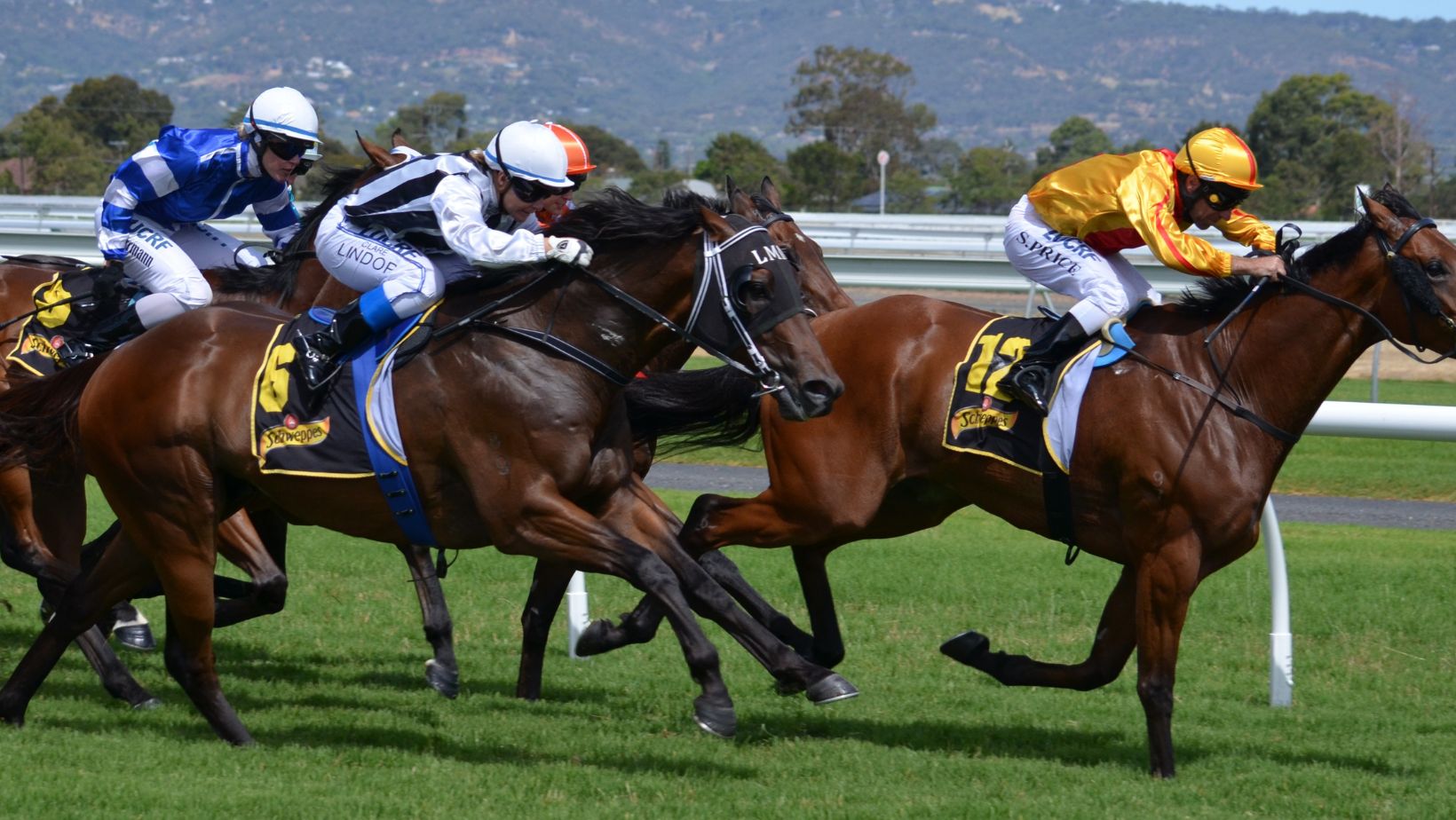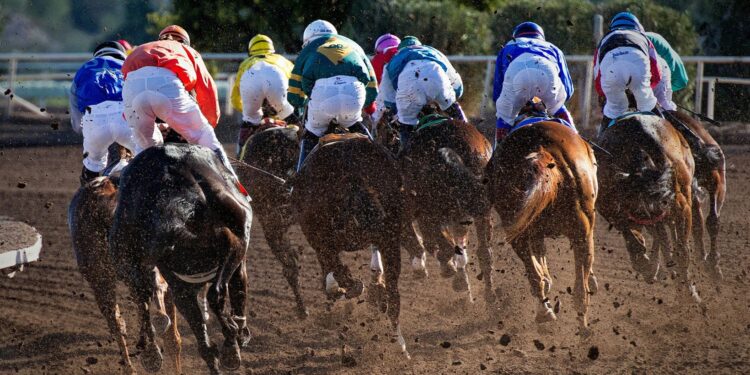The Preakness Stakes stands as the second jewel of the Triple Crown and a key moment for bettors following American Thoroughbred racing. With the Kentucky Derby in the rearview mirror and the Belmont looming, the Preakness serves as both a proving ground for jockeys, trainers, and horses – and a prime opportunity for value betting. But the odds leading into Preakness Day aren’t just numbers—they’re signals. For serious bettors, interpreting those signals requires more than a quick glance at the tote board or a morning line.
Whether you’re eyeing early value or waiting until just before post time, understanding the structure and movement of Preakness Stakes odds is crucial before race day.
How Morning Line Odds Are Unique
Morning line odds are set by the track handicapper to reflect how they believe the public will bet—not necessarily who they think will win. These odds are available early in race week and serve as a starting point. They are not fixed and will shift once betting opens.
In the case of the Preakness, where early hype and media narratives often drive public perception, the morning line can create false expectations. A horse listed at 9/2 might drift to 8/1 if bettors shift toward another contender, while a supposed outsider could be bet down due to favoritism. Smart punters know not to take the morning line as gospel. Instead, it’s a reference point—a baseline to compare against the live market. The true odds will emerge as money enters the pool and sharper opinions take shape closer to post.
Tote Pools and What They Reveal
Most U.S. racetracks—including Pimlico—use parimutuel betting. In this system, the odds are determined by the distribution of money in each betting pool. The more money placed on a horse to win, the lower that horse’s odds will be.
For Preakness bettors, this means timing matters. Odds can and do fluctuate significantly as post-time nears. A horse sitting at 6/1 during early wagering could close at 4/1 or even lower if large sums are placed late.

Conversely, a lightly-backed runner might drift and present value for those confident in its performance. Watching pool totals can indicate where smart money is flowing. Sharp bettors often wait for late movement in the win pool to finalize their selections – and when that happens, pay close attention.
Fixed-Odds Options and Price Shopping
While tote pools dominate race-day wagering, some bettors explore fixed-odds markets offered in advance by online sportsbooks. These odds are set by the bookmaker and do not change after the bet is placed. For the Preakness, this provides price certainty and the potential to secure value before betting pools open.
Many reputable online sportsbooks, like FanDuel, provide early pricing on U.S. races through their platforms. Although availability can depend on location, comparing FanDuel odds with other fixed-odds operators may highlight discrepancies worth acting on. This type of odds shopping is especially useful when evaluating lightly supported runners that tote markets might undervalue on race day.
Interpreting Market Movement and Late Money
In U.S. racing, particularly in Triple Crown events, late betting tells a story. The Preakness is no exception. A horse seeing a flurry of support in the last five minutes before post time often signals that sharp money has arrived. These late moves are not always driven by the public—they may stem from professional syndicates or large bettors reacting to inside information, track conditions, or revised rider instructions.
Experienced bettors use this movement to confirm or adjust their positions. If you’ve already backed a runner at 10/1 and it drops to 5/1 by post time, you’ve identified closing line value. Conversely, a drift may prompt reconsideration, especially if it contradicts your original reasoning. But not every odds shift is meaningful. Occasionally, a popular jockey or flashy Derby effort can create unjustified market momentum. It’s essential to distinguish hype from substance.
Betting Strategies Built Around Odds Structure
Understanding how odds translate to implied probability can sharpen your betting strategy. For example, a horse listed at 4/1 implies a 20% chance of winning. If your personal assessment gives that horse a 30% chance, that’s value—and likely an attractive wager. On the other hand, if a 9/2 shot looks shaky on form or fitness, the odds may be offering a warning.
Odds also help shape exotic bets. In trifectas or superfectas, a clear standout might be used as a key on top, while prices help identify mid-range horses to include underneath. If a horse with strong pace metrics is being overlooked in the market, that creates an opportunity for a value-focused structure.

Similarly, betting against the favorite entirely can be profitable when the odds suggest it is being overbet. Favorites win the Preakness at a decent rate, but not always—and never at a price that justifies blind loyalty. When a favorite dips below 2/1, you’re paying a premium for minimal upside. That might be the moment to build contrarian plays around other contenders.
What to Watch in the Final Hour
In the hour before post time, the Preakness betting landscape sharpens. Pool sizes increase rapidly, odds fluctuate more frequently, and narratives start to firm. This is when market behavior becomes most informative.
Look for these key indicators:
- Sudden drops on horses previously overlooked,
- Significant win pool totals on second-tier runners,
- Unusually high odds remain on logical contenders,
- Lack of movement on the favorite despite high public interest.
This is also the time to scan will-pays for exactas and doubles if available. These figures give further context to the perceived strength of each horse and the shape of the exotic pools. Sharp bettors use them to find overlays—bets where the payout exceeds the true chance of winning.
Race Day Is About Timing, Not Just Picks
Betting the Preakness Stakes successfully is not just about picking the right horse. It’s about entering the market at the right moment, interpreting movement with nuance, and shaping your wagers around how the odds evolve. The tote board becomes a live signal. The market becomes a conversation between public money and sharp intent.
Every tick in the odds tells a story, and by understanding that language, you turn from spectator to strategist. Whether you’re backing a favorite at the right price or spotting an under-the-radar play the market hasn’t caught up to, your edge lies in reading the race before it even starts.









